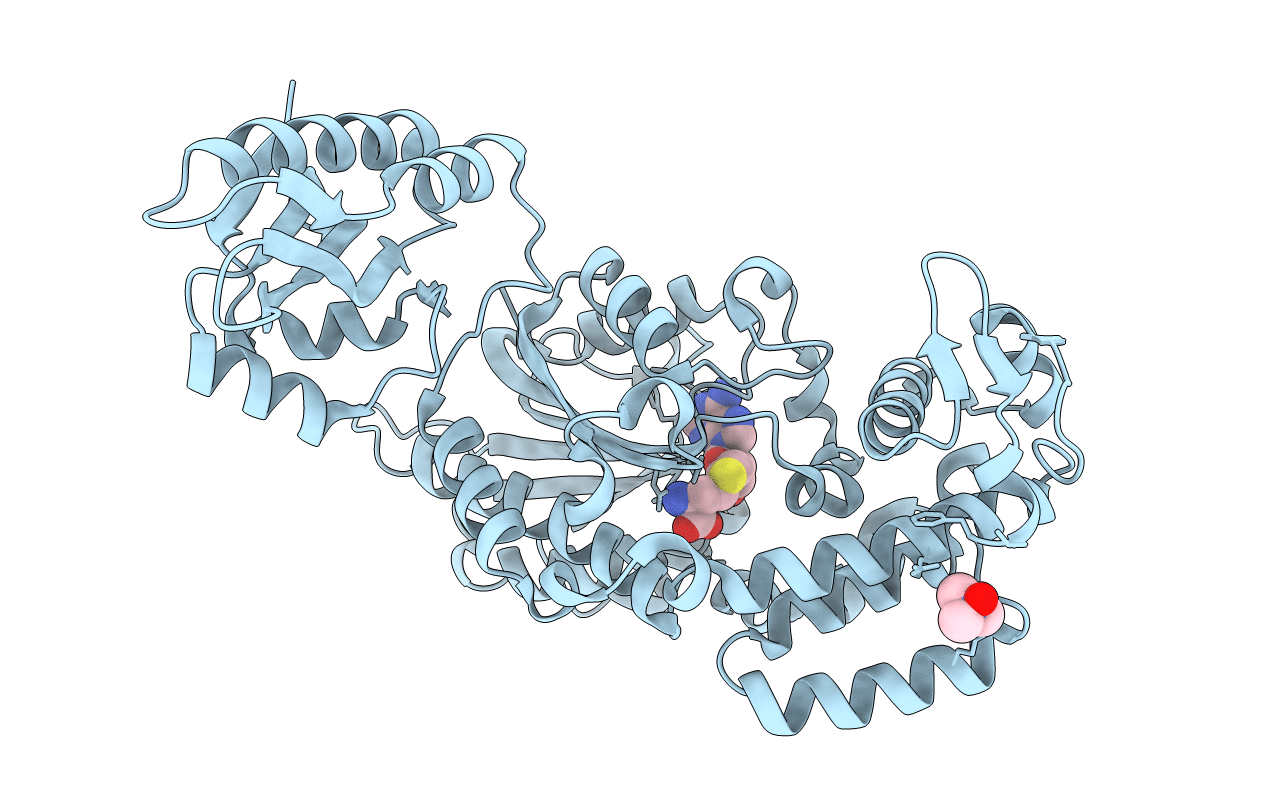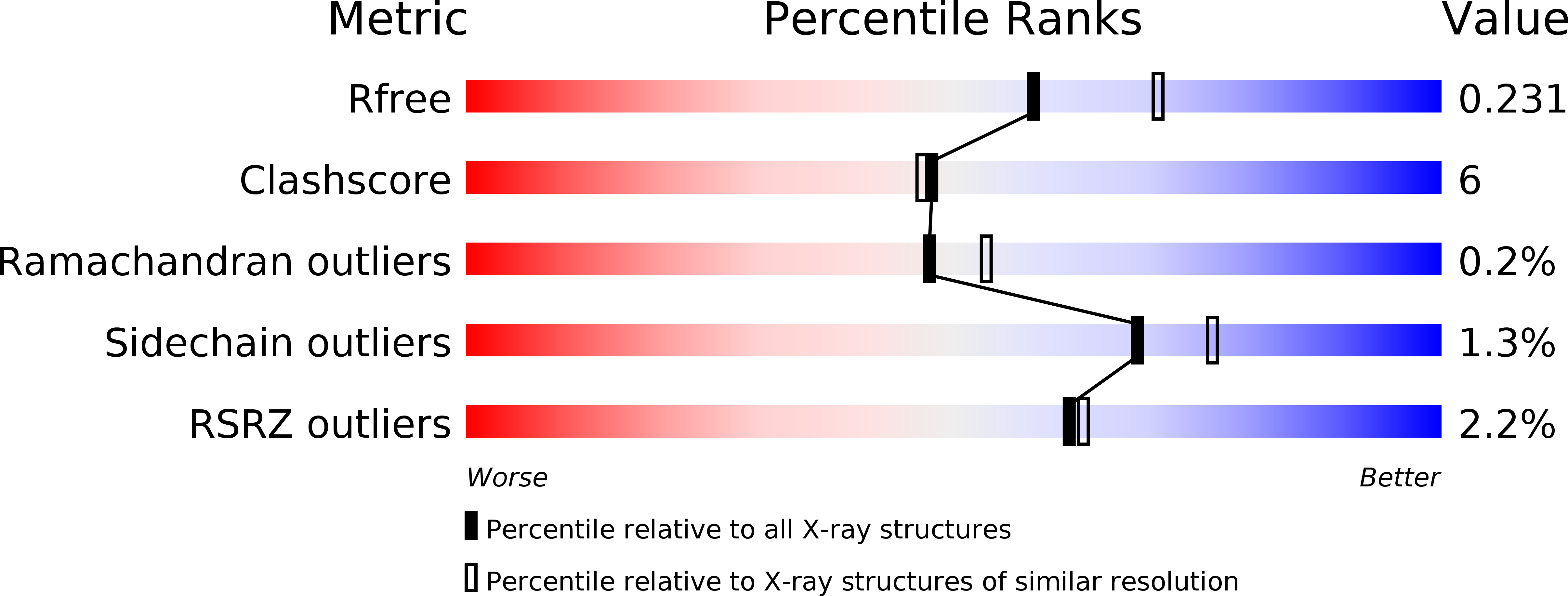
Deposition Date
2018-04-23
Release Date
2018-05-09
Last Version Date
2024-10-30
Entry Detail
PDB ID:
6D6Y
Keywords:
Title:
AprA Methyltransferase 2 - GNAT didomain in complex with SAH
Biological Source:
Source Organism:
Moorea bouillonii (Taxon ID: 207920)
Host Organism:
Method Details:
Experimental Method:
Resolution:
2.25 Å
R-Value Free:
0.23
R-Value Work:
0.17
R-Value Observed:
0.17
Space Group:
C 1 2 1


